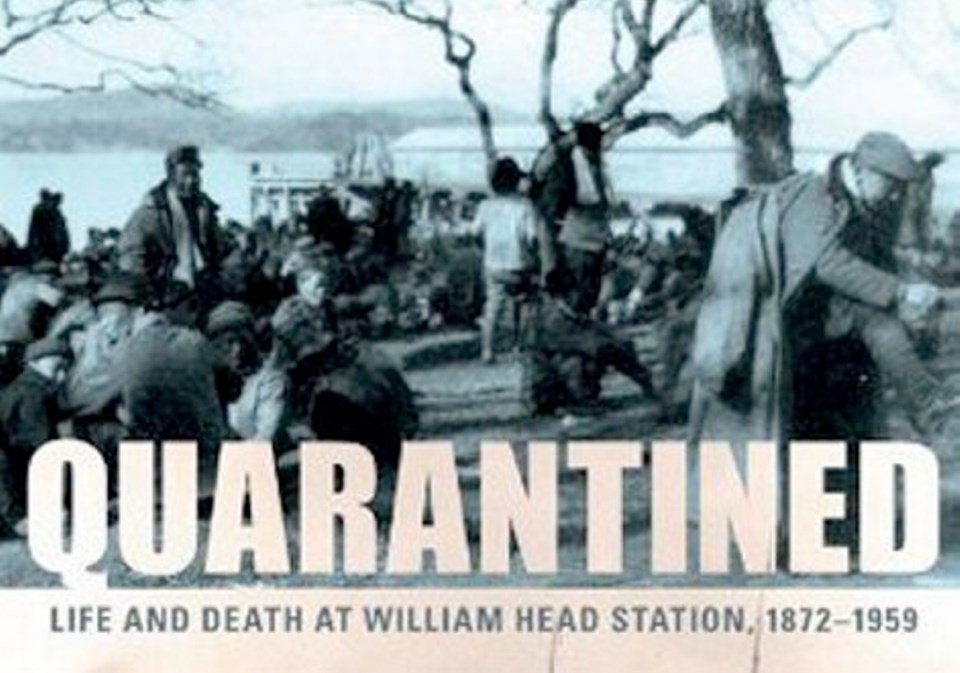Quarantined: Life and Death at William Head Station, 1872-1959
By Peter Johnson
Heritage House, 280 pp., $22.95
Long before it was a minimum-security prison, William Head welcomed new arrivals to Canada.
As the only quarantine station on the Pacific coast, William Head was the place where people were checked for contagious diseases such as smallpox, cholera, typhus and polio. Its role was similar to that of Ellis Island in New York, and Grosse Île in Quebec.
The idea was that if these diseases could be stopped at the port of entry, the people already here would be spared the misery.
It was a fine theory, but not a perfect one, since people who looked fine on arrival might be carrying the diseases without yet showing symptoms. And sometimes, healthy people were detained with sick ones, which helped to spread the disease rather than contain it.
William Head’s quarantine station was opened in 1893, as the successor to one at Albert Head that never seemed able to handle the assignment. Albert Head closed after only seven years of operation.
Before that, sick arrivals were detained in Victoria or Esquimalt, which basically meant that disease was able to spread through the communities with ease.
The quarantine station was closed in the 1950s because of the change in the way we travel. More people were coming to Canada by air than by sea, so the station was increasingly irrelevant.
The William Head quarantine station has been a history waiting to be told for years. In the interest of full disclosure, it’s only fair to note that your reviewer had considered writing about it for a book of his own.
Peter Johnson beat me to it, though — and he did a fine job with his book, Quarantined. It is a thorough account of the station, plus much more, including the way diseases were treated and detected before the station was opened, the hardships encountered in ocean travel, and the people who operated and lived at William Head.
Quarantined is rich in detail about the station, and includes the context that helps make it relevant today, when its history is hidden behind prison fences.
The book contains plenty of surprises, such as the transit of the 85,000 members of the Chinese Labour Corps through William Head, travelling to the combat areas of Europe during the First World War. This story is part of our local history, but could be lost without books such as this.
Quarantined is well illustrated with images of the station and its people. And yes, there are maps as well.
This book is Johnson’s third work on B.C. history. He also wrote Glyphs and Gallows: The Rock Art of Clo-oose and the Wreck of the John Bright, as well as Voyages of Hope: The Saga of the Brideships. All three are strong historical works.
Peter Johnson will speak about the William Head quarantine station at 7 p.m. Thursday, Nov. 28, at the Metchosin Golf and Country Club, 4100 Metchosin Rd. Admission is free; copies of the book will be available for purchase, with a portion of proceeds going to the Metchosin Museum Society.
The reviewer, the editor-in-chief of the Times Colonist, is the author of Making The News: A Times Colonist Look at 150 Years of History.



